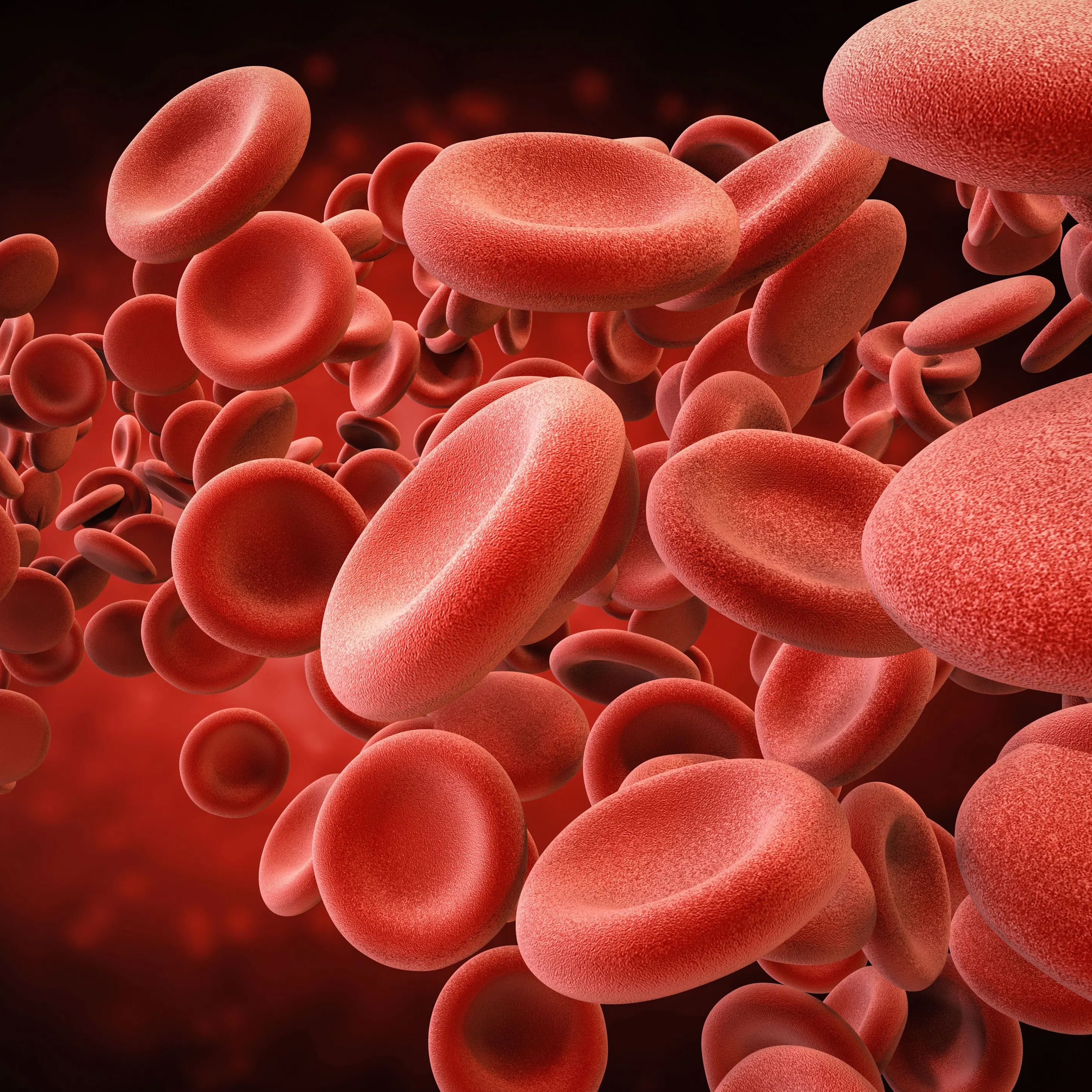Article
More on Hands-Only CPR
Author(s):
A large Japanese study confirms its effectiveness.
Recently, “hands-only” CPR has been recommended by the American Heart Association (AHA) and the AHA now provides information on how to effectively perform hands-only CPR on its website, at handsonlycpr.org. The rationale is that a hands-only technique is easier to learn than chest compressions combined with mouth-to-mouth breathing. In addition, it is more likely that lay people will perform hands-only CPR since mouth-to-mouth contact is not required.
Researchers in Japan analyzed the outcomes of 55,000 Japanese adults in cardiac arrest and found that there was no statistical difference between people who received “hands-only” CPR and conventional CPR (chest compressions combined with mouth-to-mouth resuscitation). About 6.4% of people who received hands-only chest compressions and 7.1% of those who received conventional CPR survived and had a favorable neurological outcome a month later. Only 3.8% of people in cardiac arrest who did not receive any type of emergency care (e.g. they did not receive hands-only CPR nor were they treated by professionals) survived.
When treatment from paramedics was delayed for more than 15 minutes, survival with minimal brain damage was much lower. When people in cardiac arrest received no CPR, 0.7% survived with no more than moderate brain damage one month later. About 1.3% of those who received hands-only CPR survived, and 2% of those who received conventional CPR survived with no more than moderate brain damage a month later.
These findings support the recommendation for untrained bystanders to learn—and perform—hands-only CPR. Bystanders also still need to call 911; hands-only CPR is not enough, but there is now evidence that it’s better than doing nothing.





